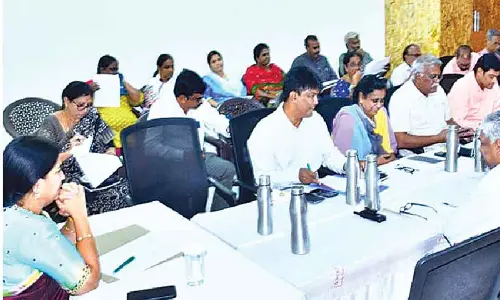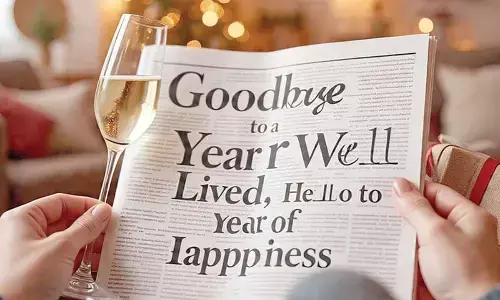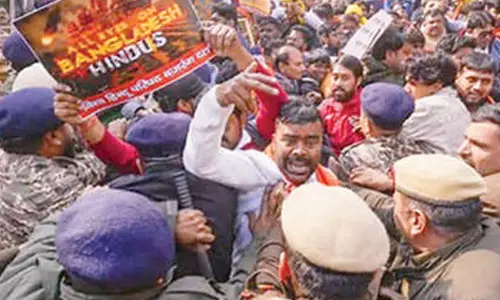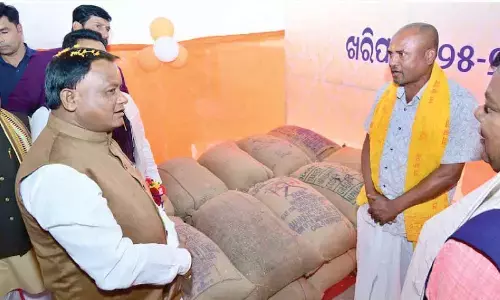This is not cricket. Or is it?
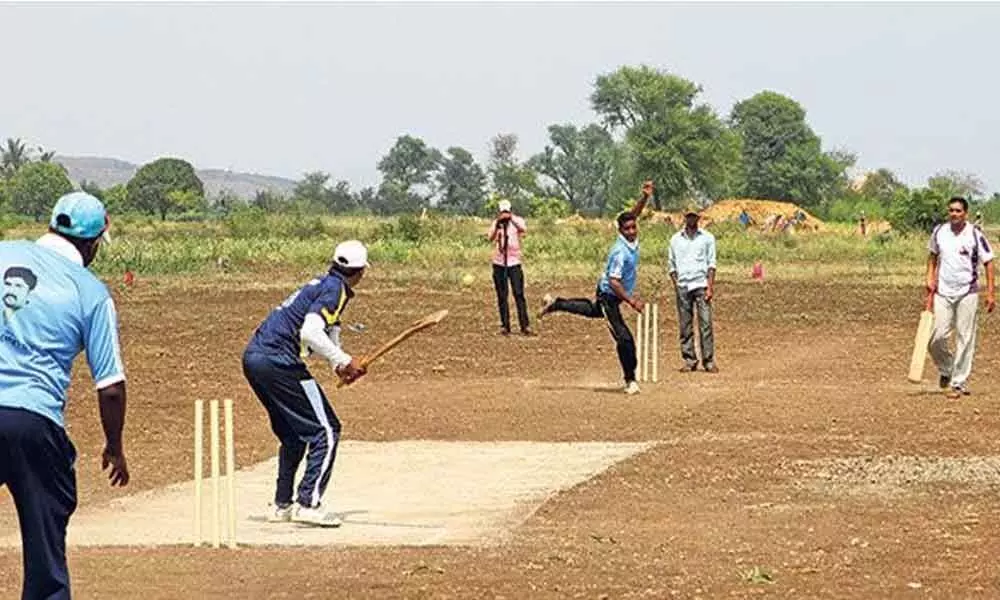
The game of cricket has become synonymous with life itself in India.
The game of cricket has become synonymous with life itself in India. Although of exotic origin, cricket has proved to be far more popular than games like football or hockey which also have a substantial number of aficionados.
What is more English language has also imbibed the idiom of using cricket – related words such as "hit for a six" (shocked), "went over my head" (beyond comprehension) "full toss" (easily disposed of), "googly" (deliberative or misleading) or "not out" (still going strong).
In the southern part of the country, in particular, wearing a 'veshti', Idli Sambar, The Hindu with breakfast and cricket are the hallmarks of a normal citizen.
Not that the game is not equally popular in the other parts of the country. From Rajkot to Srinagar, Dharamashala to Calcutta and Chennai to Cochin the game has the sort of following which no political philosophy or religious fervour can command.
The game has such a tremendous appeal that writers such as Jack Fingleton and A G Gardiner have literally written poetry about it. Fingleton's book "Cricket Crisis: Bodyline and Other Lines" became one of the most important books ever written about the game.
He was also a writer acclaimed for his balanced approach and highly readable presentation.
Sample this little expression from the pen of A.G. Gardner who was not only a fan of cricket but also a great essayist. ".......with the suddenness of the panther and the swiftness of its strike…" is how he describes the shots played by Ranjit Singh Ji, the Jam Sahib of Nava Nagar and a great batsman of his times.
It is after that Ranjit Singh Ji's name that the well-known Ranji trophy was instituted in India.
It would be no exaggeration to say that the game has more followers in India than it does in the country of its origin – England.
This columnist has seen cricket transit from phase to phase, starting from the days of the five day Test cricket, through the innovation of the One Day International and, finally, the T20 version.
The traditional five-day game became a one-day affair and, finally, a game played over 3 hours.
Also came other changes such as the lexicon of the language of cricket, the rules that govern the play and the arrangements required to ensure fairness and impartiality and the commentators' approach.
In fact, this columnist's late brother Murthy, while quite undecided about the desirability of the changes in formats, devised a unique and innovative method of making the game more interesting (in the revised formats), while still preserving the integrity of the spirit of the alterations.
Particularly noteworthy were his suggestions regarding the Umpire's Decision Review System and the formula for choosing the winner in the rain affected fixture.
Although one school of observers holds the view that subsequent modifications were necessitated by decline in spectator interest, one has only to see the crowd that gathered in Eden Gardens at Calcutta (as this column is being written) to see that the euphoria surrounding the most classic version of the game has hardly dwindled.
And, with each change in the format of the game, came the different ways of dressing by the players and high-tech gizmos that captured important moments of the game.
What is more, the colour of the ball moved from the initial red to white and now, (for the day night Tests) pink.
All of a sudden the game became a money spinner and players turned millionaires, literally overnight. But, unfortunately, albeit on a very small scale (considering the numbers of matches and places where it is played), came malpractices, tarnishing the fair name of the noble game.
Not only were matches "fixed", but events like winning the toss, the number of boundaries or sixes to be hit by a batsman, the runs batsman would make, or the wickets a bowler would take, who would win and by how much margin, etc. all became subjects of gambling bordering on crime.
Predictably then, entire management of the game came into question and finally, after intervention by the highest Court of the land, a semblance of order was restored, followed by a spell of neutral control.
Now that elections have been held to the Board of Control for Cricket in India, and Sourav Ganguly has become the President of the apex body, this columnist joins the rest of the country in welcoming the refreshing changes Sourav Ganguly promises to bring in the near future.
This columnist's first introduction to the game was through the orthodox old style five day test cricket in Chennai. One remembers people even going the night before and sleeping on the pavement to gain admission in the next day!
This columnist has often been described as a cricket aficionado with more enthusiasm than expertise. Still, for what it is worth, he does carry a damaged forefinger from an injury occurred while playing cricket in the winters in Delhi when he was a student!
Both as President of the Hyderabad Cricket Association, and as the captain of the Chief Secretary's team (during his tenure as the Chief Secretary government of the then Andhra Pradesh state) he retains fond memories of his association with the game.
If the tenure of office in the Association brought with it introductions to great players, and the opportunity to watch wonderful matches, the annual traditional fixture between the Chief Secretary's eleven and the Director General of Police's eleven had its own special highlight In the form of the inevitable and prefixed victory for the former!
And the game has come to occupy such a central place in the psyche of the Indian public that courts of law have had to intercede and arbitrate about the venues for matches.
Captains of industry, leading politicians, influential civil servants, leading banks, insurance companies have all got separate arrangements to handle matters relating to cricket.
The "sports quota" offered by the central and various state governments in the country for entry into government service covers the game of cricket.
In fact this columnist's son was able to get the subject of his choice in an engineering course on account of the fact that he had played cricket for the state of (the then) Andhra Pradesh earlier.
Such opportunities are offered also by the corporate sector both public and private. The popularity recently gained by women's cricket has also opened up similar opportunities for the women of the country.
The game has also served as a springboard for careers in politics and films. The former India captain Azharuddin, for instance, has been a Member of Parliament and Sreesanth, a former test and ODI player for India, now acts in films.
Earlier Ajit Wadekar, captain of the India team was sponsored by State Bank of India exclusively playing Cricket.
Strangely enough, the same colonial legacy on account of which we see three countries today in the place of a single original entity, also has forged ties of friendship between them. The reference, of course, is to India, Pakistan and Bangladesh.
The country has its share of disappointments, regrets and challenges to face. It is games like cricket which not only offer wholesome entertainment to the public at large irrespective of caste, great cover region and age or sex but also serve to create a feeling of one India despite all the diversity and variations.
Little wonder, then, that the entire country welcomed the crowning of "master blaster" Sachin Tendulkar with the highest civilian award of Bharat Ratna.
Strangely enough the kind of remuneration cricketers are paid, the gifts they are given for playing well in individual matches or in a series and the magnitude of the moolah that the BCCI rakes in, are all confined to India and other countries, and not in evidence in the country of the game's birth!
The scourges of poverty, deprivation, discrimination or exclusion have plagued the world has seen since times immemorial. Mankind is yet to fully grapple with them satisfactorily.
And new threats loom in the nature of strife between nations leading to a disastrous war, climate change, unacceptable levels of pollution of natural resources and a world economy showing none too healthy signs.
In such troubled times any source of diversion, entertainment and relaxation is to be welcomed, provided it can be enjoyed without causing any discomfort Kaur home to fellow human beings and the environment. Cricket offers such an opportunity. God bless the English!
(The writer is former Chief Secretary, Government of Andhra Pradesh)








